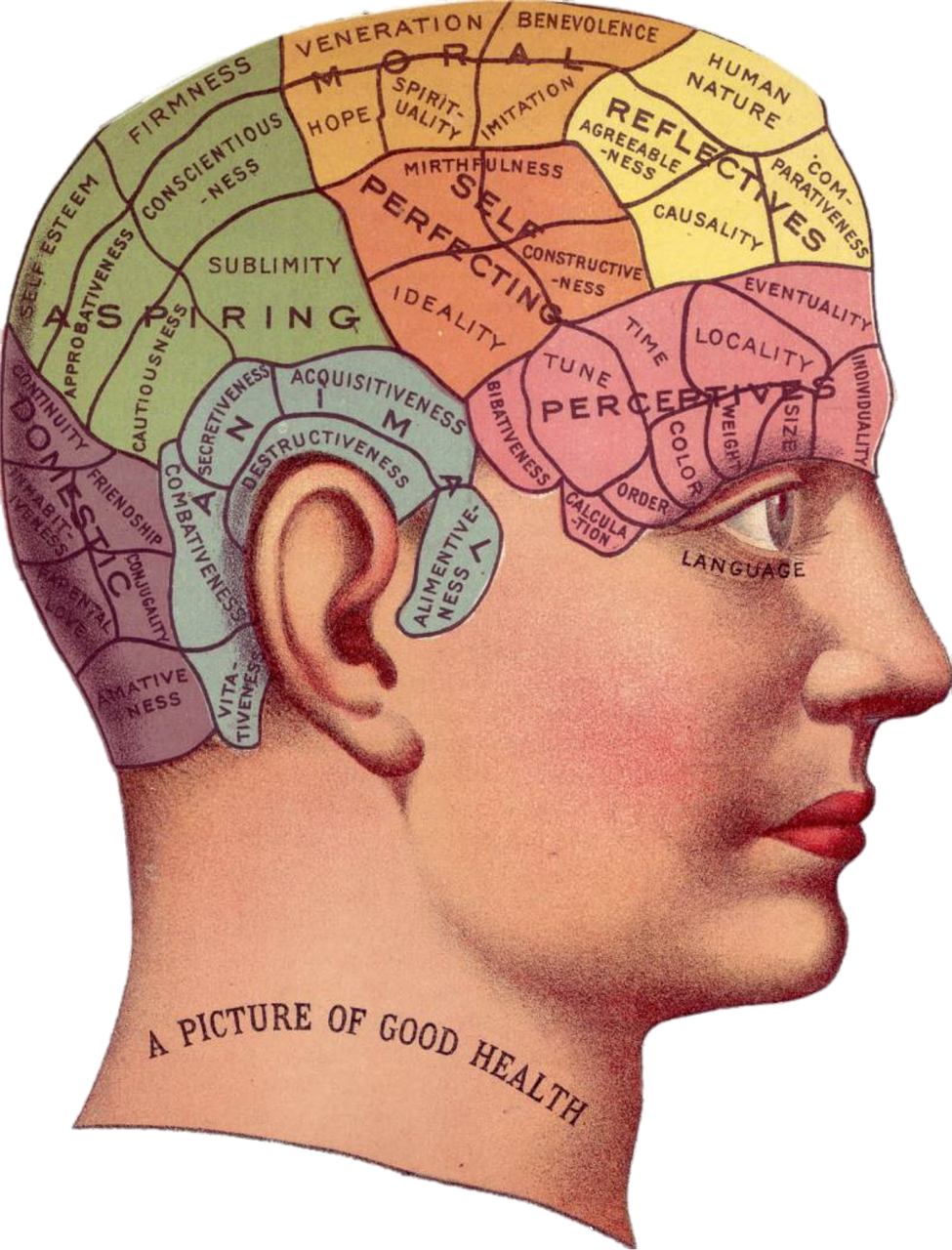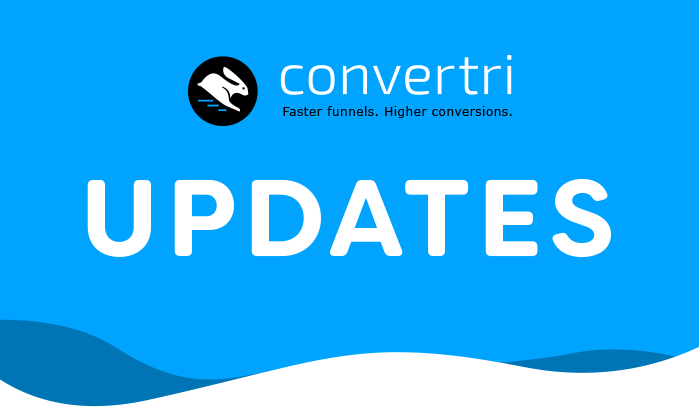On Features, Benefits, and Christopher Columbus
In this video I want to talk to you a bit about features and benefits. Because they’re important, we all know they’re important, but a lot of people get confused over what features and benefits really are.
They’ve got in their head this idea that you should be focusing your copy on the benefits because they’ve read in dozens of places that the benefits are what people really want. You know if there’s one thing everyone knows about sales copy, it’s that we should be talking about benefits and not features.
And like most things everyone knows, it’s not entirely accurate.
What we’re often told is that we need to work out what our customers are aiming for. Freedom. Wealth. An easy life. We find out what they’re aiming for and then we talk about those things in our copy. And often as not, it still doesn’t convert.
So why is that?
Well, I did say it wasn’t entirely accurate. So we should be focusing on benefits – on a simple level that is true, much like it’s true to say the sky is blue or that David Bowie was basically God.
But simple truths are only superficial. The sky can be lots of colours. David Bowie did, in a moment of madness, release Never Let Me Down.
Now the simple truth is that your sales page should absolutely focus on the benefits of your offer. Some clever bastard even put it into a rhyme: features tell, benefits sell. I have no idea who that was, but I hope they gave themselves a cookie after coming up with it.
But what exactly is a benefit?
Most people think of benefits as the emotional side of the sale. The things that people desire.
Low calorie meal plans -> feature.
Being able to eat chocolate doughnuts without feeling guilty -> benefit.
And look, yes, emotions can be useful. But it’s a mistake to think that they’re always where the big benefit lies.
And this is all to do with tunnel vision, and to explain why, I’m gonna talk about Columbus for a bit.
Now we all know Columbus as the guy who discovered America, but America wasn’t actually what he was looking for. Columbus had actually set off to find a new route to India. Not for the love of the place, but because any trader going to India could come back piled high with silks and jewels and spices and become very very rich indeed.
Now the usual route went overland through the Middle East. And that was all fine until 1453, when the Ottomans conquered the Byzantine Empire and put a stop to that. The European Royalty, who all largely depended on the India trade for their money, regarded this as a Bad Thing. And so Columbus tried to find a new route to India by sailing west instead.
And he never got there, because he ran into an entirely unexpected obstruction. That is, 8700 miles of America, blocking the way.
So the original point of the trip was a bit screwed, but it didn’t have to be a total loss. Here’s a short list of things that could be found in America:
- Gold
- Tobacco
- Potatoes
- Copper
- Cotton
- Oil
- Corn
- Silver
- Seriously, lots of gold
There was enough wealth in this new land to make whoever got there first very, very rich.
However, here’s another list – this time of things you will never find in America:
- India
And so Columbus turned around and went home. He never even set foot on the place. America itself didn’t even get named after him, it was named after Amerigo Vespucci, who also never went there but was apparently rather better at marketing.
Now, this makes it sound like Columbus was an idiot.
But you don’t get a fleet out of the Queen of Spain just by looking pretty. And if the portraits are anything to go by, ‘looking pretty’ wasn’t really in Columbus’s playbook anyhow.
But the fact is, Columbus may have wanted to be rich, but what he was looking for was India. He didn’t find it, so he went home.
It’s like pirates with a treasure map completely ignoring a huge pile of gold, because they’re too busy hunting for the X.
And here’s the fun part – you probably would have done the same thing.
See, everyone has goals. Long-term things that drive us. But these things – fun freedom sex money whatever – are just that: long term. They might be what we’re aiming for, but they’re not what we’re looking for right now. What we’re looking for is just the next step in the chain, and because that’s what we’re looking for, we don’t notice anything else, even if it would actually advance us further.
This effect was demonstrated by Christopher Chabris and Daniel Simons, who ran an experiment where volunteers were asked to watch a video of a basketball game and count the number of passes. And most people did that perfectly, they counted all 15. What about 80% missed was the gorilla that walked on halfway through, thumped its chest and walked off.
And that’s the power of tunnel vision. This is what makes people not realise there’s money to be made on a new continent and miss a gorilla on a basketball court. And it’s making your prospects ignore all the emotional stuff you’re saying because that’s not what they’re looking for right now. They’re looking for the next step in the chain.
So maybe that chain is:
I want to automatically update the tags on my website so I have better SEO so I’ll get a better rank so I’ll get more traffic so I’ll make more money so I can quit my job so I can have an easier life.
Or maybe it’s:
I want to have a list of paleo meal plans so I know what to eat every day so I lose my belly fat so I look good in that green sheer dress so all the guys look at me when I go into Wahaca so Simon knows exactly what he’s missing.
Your prospect is only ever focused on a single point. And that is their benefit. If they’re focused on the very front, if they’re looking for Paleo meal plans – the fact your product has them is a benefit. That’s what they want, it’s what will grab their attention. And it’s what you should be talking about, because that’s what’s going to make them buy.
And to be clear – it’s a feature as well. To some customers, a feature and a benefit can be the same thing.
And because of the tunnel vision effect, while your prospect may know the cause and effect chain, they won’t necessarily make the links. Maybe they do want less belly fat, but they’re looking for paleo meal plans. A headline that talks about losing belly fat won’t get as much attention, because it’s not what they’re after. A headline that talks about some other method of getting the same result – say, exercise – that’ll just get ignored entirely.
Frustrating? Yes, sometimes. But this is how your prospects think, so you need to deal with it. And if it makes you feel any better, you and me think exactly the same way.
Just remember, when you’re trying to create desire in your prospects, you need to focus on what they’re actively looking for. It’s not always the right play to dangle a treasure chest. Sometimes, you’ll get a far better result by pointing to the X.





